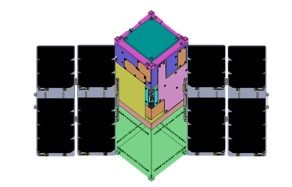
To watch the recorded seminar on YouTube, please go to: https://sites.google.com/view/rbsp/home/archive
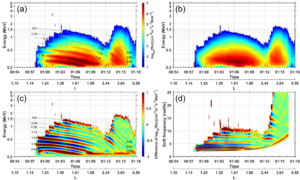
The first science results based on CIRBE/REPTile-2 measurements are published in the following peer-review journal, Geophysical Research Letter: https://doi.org/10.1029/2023GL107521
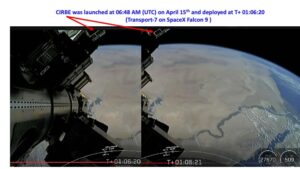
After years of hard work and anxious searching/waiting for the launch opportunities, CIRBE (Colorado Inner Radiation Belt Experiment) was successfully launched at 12:48 AM (MT)
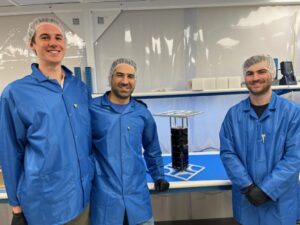
CIRBE was successfully integrated into a dispenser at Maverick Space Systems on Friday (2/24) by three LASP engineers: Jared (EE), Spencer (ME), and Evan (SE)

CIRBE has been packed up and started its delivery journey on 21 February 2023. Three engineers, Jared (EE), Spencer (ME), and Evan (SE), are driving
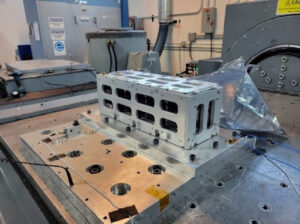
The final vibe test was done on May 27th, 2022 at Element in Longmont, Colorado, The assembled spacecraft was inserted into a test deployer (provided
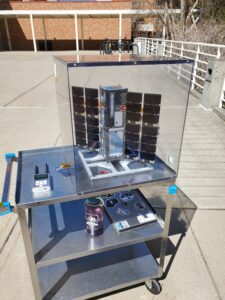
Fully integrated CIRBE has gone through thermal vacuum and thermal balance tests. Based on thermal modeling, additional radiator patches have been placed on the bus (visible from
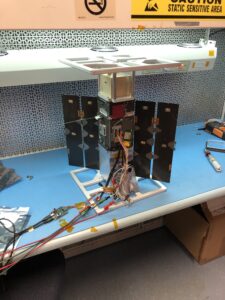
CIRBE’s XB1 was successfully delivered and bench-tested on September 1st, 2021. The BCT delivery team (SE, ME, and Test Engineer) and the CIRBE LASP team worked

The REPTile-2 flight model (FM) instrument has been fully integrated and initial tests show it is functioning as expected. It is now awaiting connection with the Engineering Development
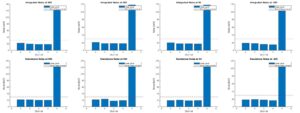
The engineering model of REPTile-2 has passed its thermal tests, both in stand alone payload and integrated with the spacecraft bus Engineering Development Unit (EDU).
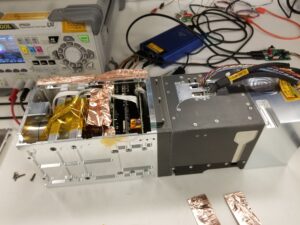
This week, noise measurements on the CIRBE instrument were taken with the instrument physically connected to the XB1 spacecraft bus. Measurements were taken in a
